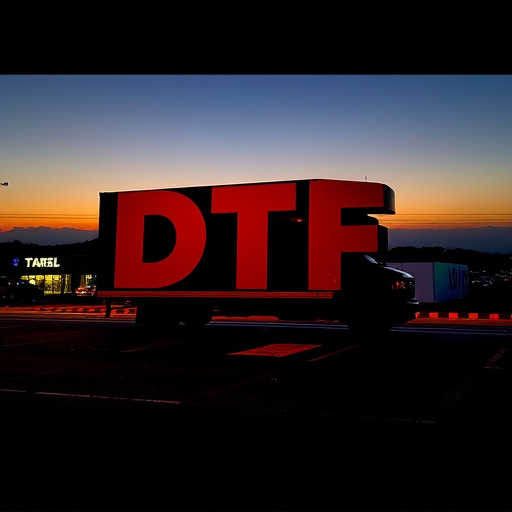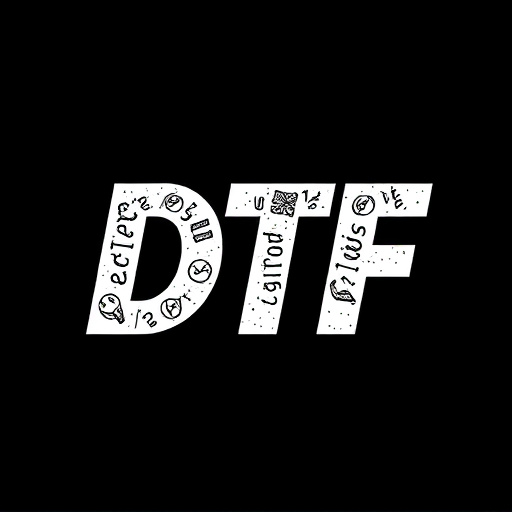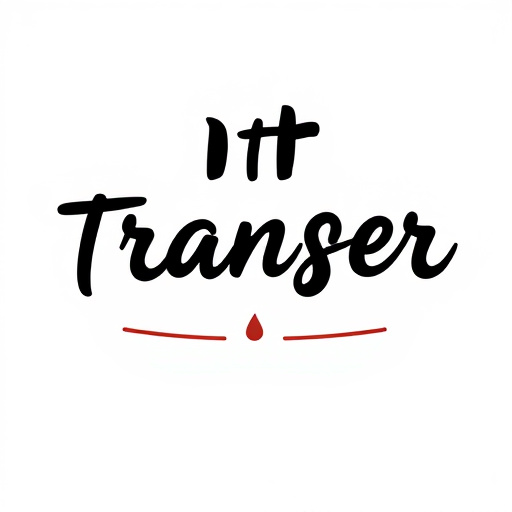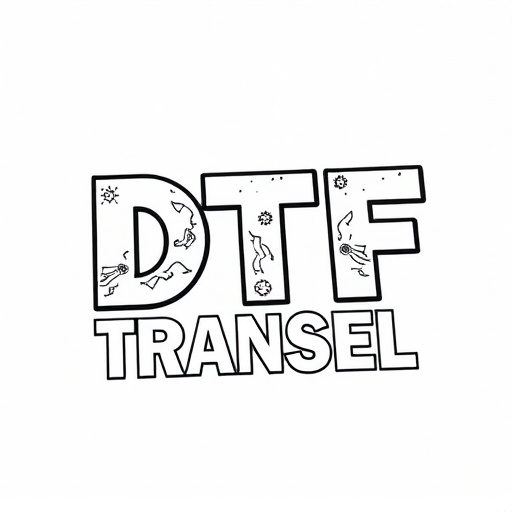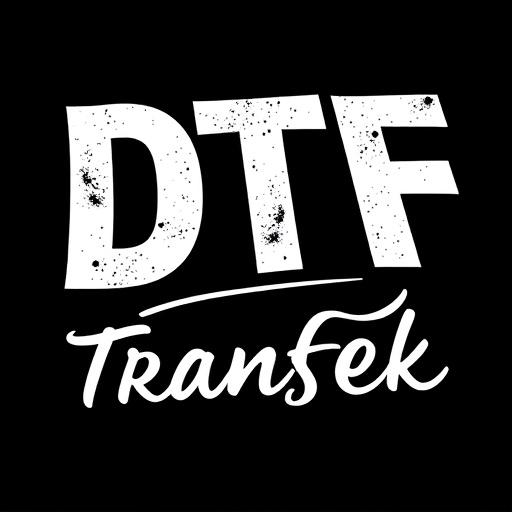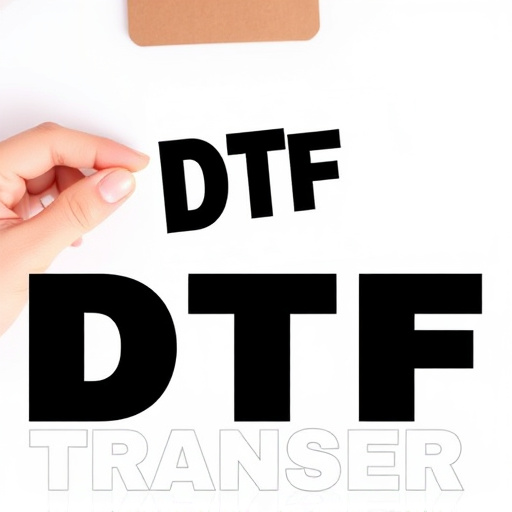Direct-to-film (DTF) transfer technology is a game-changer in print production, offering cost-effective and versatile solutions for businesses, artists, and designers. DTF eliminates traditional preparation fees by directly applying ink to film, streamlining processes for on-demand printing and small batches. This method reduces costs, enhances efficiency, and enables accurate color reproduction across various materials and substrates, making it ideal for custom prints. DTF transfers revolutionize print service provider (PSP) operations, simplifying production and reducing turnaround times while maintaining high-quality standards. Businesses can optimize their printing budgets, foster innovation in design, and create personalized items like mugs, t-shirts, and art pieces with minimal hidden expenses.
“Direct-to-film (DTF) transfers are transforming the printing industry by offering a seamless, cost-effective solution for businesses. This article provides a comprehensive overview of DTF technology and its benefits. We explore how DTF transfers work, streamlining production with minimal preparation charges. From choosing the right system to real-world applications, learn how DTF printing is revolutionizing various sectors. Discover why this innovative process is becoming the go-to for high-quality, efficient DTF prints.”
- Understanding Direct-to-Film (DTF) Transfer: A Comprehensive Overview
- How DTF Transfers Work: The Process Unveiled
- Benefits of DTF Printing: Streamlining the Production Process
- Eliminating Additional Preparation Charges: Cost Savings for Businesses
- Choosing the Right DTF System: Factors to Consider
- Real-World Applications: Success Stories in DTF Transfer Printing
Understanding Direct-to-Film (DTF) Transfer: A Comprehensive Overview
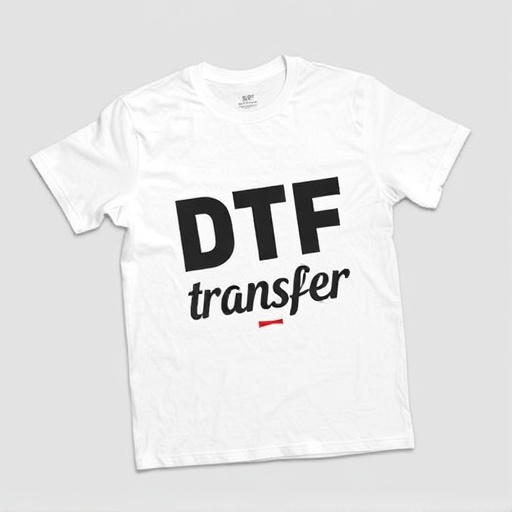
Direct-to-film (DTF) transfer is a cutting-edge technology that revolutionizes the way we produce prints, eliminating traditional preparation fees and streamlining the process. Unlike conventional printing methods that require separate setup charges for each unique design, DTF allows for direct application of ink onto film, making it an efficient choice for on-demand printing and small batch production. This innovative approach significantly reduces costs, especially for custom or limited-edition prints.
DTF Printing offers unparalleled versatility, accommodating a wide array of materials and substrates. Whether you’re working with fabric, paper, or even unique textures, DTF ensures consistent, high-quality results. The technology’s precision and accuracy in ink deposit enable intricate designs and vibrant colors, making it a favorite among artists, designers, and small businesses looking to create distinctive, personalized prints without incurring hefty setup expenses.
How DTF Transfers Work: The Process Unveiled
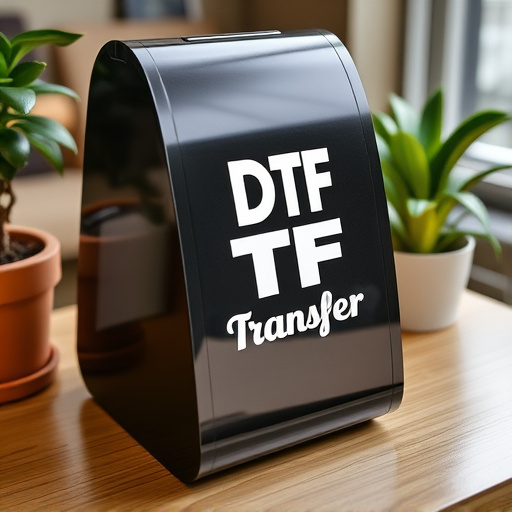
Direct-to-film (DTF) transfers offer a streamlined and cost-effective solution for creating prints directly from digital files without any additional preparation charges. This innovative process eliminates the need for traditional film positives, making it an efficient choice for both small businesses and individual artists. The DTF method involves specialized printers that apply ink or dye onto a transparent film, which is then pressed against the print medium, such as fabric, paper, or wood. This direct contact ensures accurate color reproduction and vibrant results.
The process begins with high-resolution digital art, whether it’s a graphic design, photograph, or illustration. This artwork is precisely formatted and optimized for DTF printing. Once ready, the digital file is sent to the printer, which then precisely aligns and applies the ink onto the film. The film, now imbued with the desired image, is then carefully positioned over the print substrate. A heated press fuses the ink into the material, resulting in a high-quality, long-lasting print. This method is particularly praised for its speed, versatility, and ability to produce detailed, full-color DTF prints without complex setup or additional fees.
Benefits of DTF Printing: Streamlining the Production Process
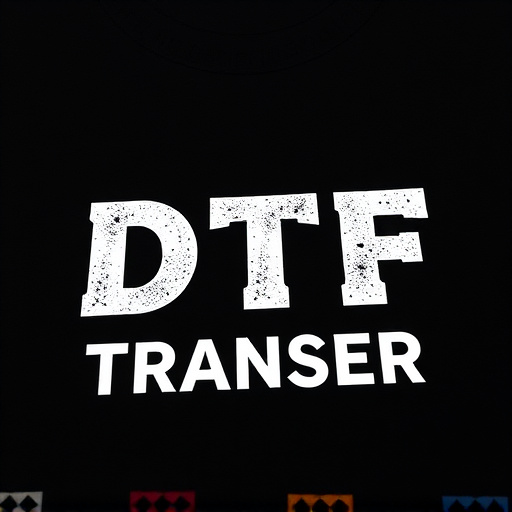
Direct-to-film (DTF) transfers offer a streamlined production process, eliminating the need for complex preparation steps. This technology is particularly advantageous for print service providers (PSPs) as it simplifies their operations and reduces turnaround times. With DTF Printing, designs are transferred directly onto various materials, from fabric to vinyl, without intermediate stages. This efficiency is a game-changer, especially for businesses dealing with bulk orders or tight deadlines.
By adopting DTF Printing, PSPs can save significant time and resources. The process eliminates the requirement for elaborate set-up procedures, including plate preparation or screen printing emulsion. As a result, production costs are reduced, allowing PSPs to offer competitive pricing while maintaining high-quality standards. Moreover, DTF prints provide exceptional detail reproduction, ensuring that intricate designs and fine lines are accurately transferred onto the final product.
Eliminating Additional Preparation Charges: Cost Savings for Businesses
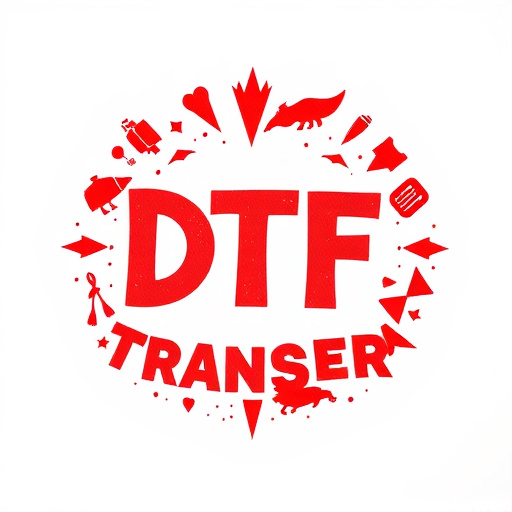
Direct-to-film (DTF) transfers offer a significant advantage to businesses by eliminating additional preparation charges. This streamlined process means there are no extra costs associated with setting up and preparing prints, making it an attractive option for companies looking to optimize their printing budgets. With DTF, businesses can simply upload their designs and specify the required print parameters, without having to worry about complex set-up fees or hidden expenses.
The cost savings are substantial, as businesses can now produce high-quality prints efficiently and affordably. DTF transfers also reduce lead times, enabling faster production and delivery of promotional materials, marketing displays, and other branded products. By adopting this technology, companies can focus more on creative design and less on financial constraints, fostering innovation and ensuring competitive pricing for their DTF prints.
Choosing the Right DTF System: Factors to Consider
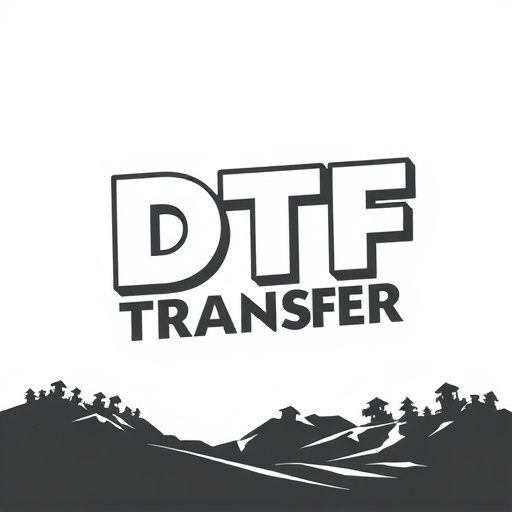
When considering a direct-to-film (DTF) transfer system, several factors come into play to ensure optimal results. Firstly, assess your specific printing needs and the type of prints you intend to produce. DTF technology is versatile, catering to both small-scale enthusiasts and commercial applications. The right system should align with your production volume, whether it’s for creating a few custom DTF prints or mass-producing them.
Additionally, the quality of the DTF transfer itself is paramount. Look for systems that offer high-resolution printing capabilities, ensuring sharp details and vibrant colors in your final prints. Consider the durability of the DTF film, especially if you plan to use it outdoors or in environments with varying conditions. Compatibility with various substrates and the ease of application are also crucial aspects, as they determine the versatility and efficiency of your DTF printing process.
Real-World Applications: Success Stories in DTF Transfer Printing
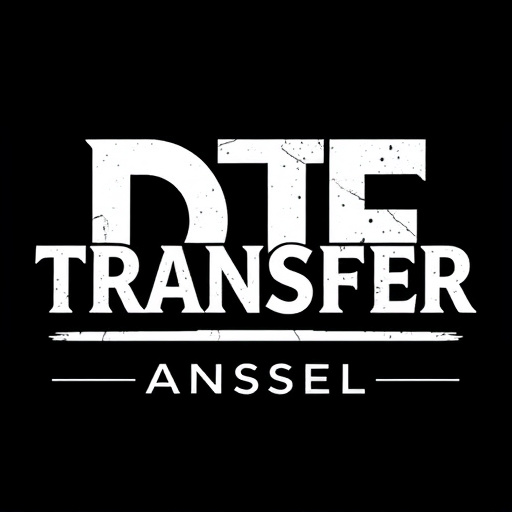
Direct-to-film (DTF) transfer printing has found its place in various industries, offering efficient and cost-effective solutions. From small businesses to large-scale manufacturers, DTF technology has revolutionized custom printing. One of its standout applications is in creating personalized promotional items like mugs, t-shirts, and phone cases. For instance, a local coffee shop can use DTF to print unique designs on cups, allowing them to offer customized drinks with minimal extra costs.
In the world of art and design, DTF printing has also made waves. Artists can easily transfer their intricate illustrations and designs onto various surfaces without the need for complex setup. This technology has enabled small businesses and entrepreneurs to produce high-quality prints on demand, fostering a vibrant market for custom artwork and souvenirs. Success stories in DTF transfer printing showcase its versatility, from creating vibrant murals on walls to designing eye-catching posters for events, all achieved with remarkable precision and efficiency.



